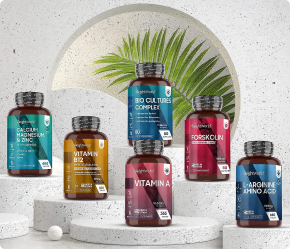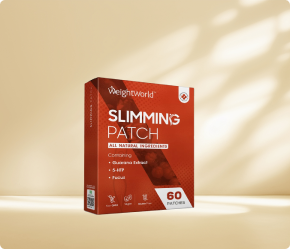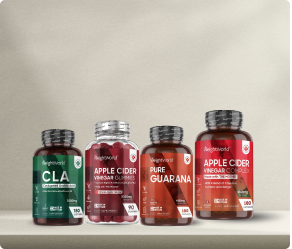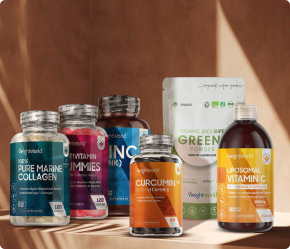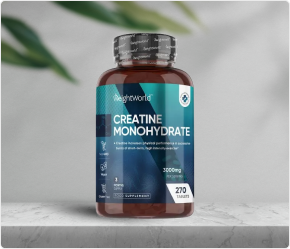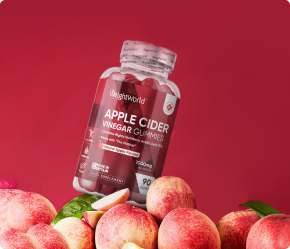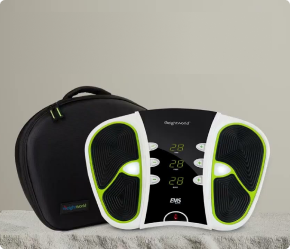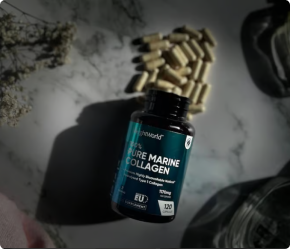My Account
X
404
This page can't be found.
We can't seem to find that page. The URL might have changed or doesn't exist anymore. In the meantime, why not check out the wide variety of Weightloss Supplements landing on our site? HOME
